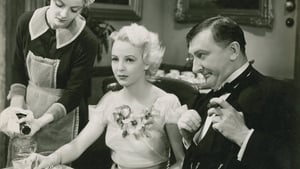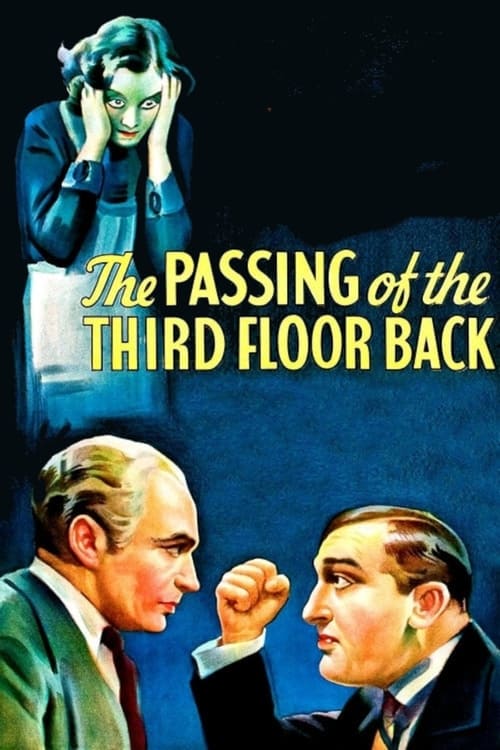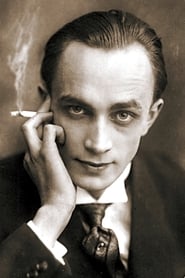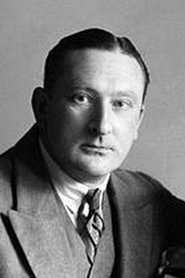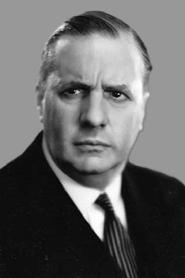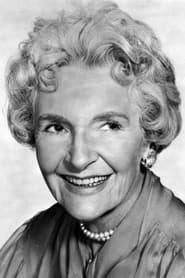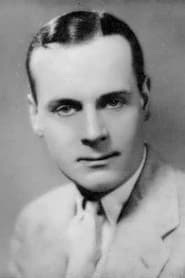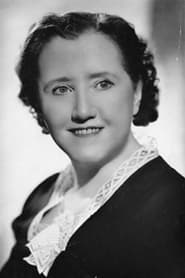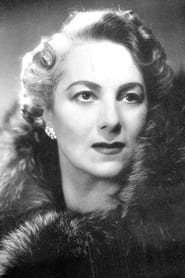Cast
View AllConrad Veidt
as The Stranger
Rène Ray
as Stasia
Frank Cellier
as Wright
Anna Lee
as Vivian Tomkin
John Turnbull
as Major Tomkin
Cathleen Nesbitt
as Mrs. Tomkin
Ronald Ward
as Chris Penny
Beatrix Lehmann
as Miss Kite
Jack Livesey
as Mr. Larkcom
Sara Allgood
as Mrs. de Hooley
Mary Clare
as Mrs. Sharpe
Barbara Everest
as Cook
Alexander Sarner
as The Gramophone Man
James Knight
as Police Inspector (Uncredited)
Crew
Director
- Berthold Viertel
Producer
- Michael Balcon
Reviews
CinemaSerf
Don't be put off by the rather unhelpful title. This is quite a clever story of man's inhumanity to his fellow creature. Frank Cellier is ""Wright" by name, but seldom by nature in this tale of a group of lodgers living in his old London boarding house. The occupant's lives vacillate between occasional joy but mostly misery, and he relishes in prolonging the latter states of affairs - especially for the young kitchen maid "Stasia" (a good effort here from Rene Ray) who lives an almost "Cinderella" style existence. Then a stranger - Conradt Veidt - arrives amongst their number, and slowly but surely things start to take turn for the better for many of his colleagues. This new found happiness doesn't suit "Wright" and soon he is plotting the downfall of the newcomer, too. It's quite a basic, stage-bound, production, and many of the stars cut their teeth in that medium between the wars - Anna Lee, Cathleen Nesbitt and the instantly recognisable Sarah Allgood, so know their business well enough. Each character has their few moments in the sun as Veidt tries to help them to help themselves, not by giving them cash or jobs, but by empowering them to take control of their own lives more - and his approach is surprisingly effective. Veidt is perfectly attired, aloof and debonaire with this performance, yet he does illuminate each scene with an intimacy. A kindness, maybe angelic or maybe just something more down to Earth - a decency of heart and spirit. Cellier's portrayal of the odious, manipulative landlord ought not to be overlooked either, he manages quite successfully to get your heckles up before a suitably fitting ending!
Jun 19, 2022
Thematic Analysis
As a dramatic work, The Passing of the Third Floor Back examines complex human relationships and emotional struggles against the backdrop of a period setting that reflects societal issues of its time. The character development particularly stands out, offering viewers a chance to reflect on their own life journeys.
Director Berthold Viertel brings their distinctive visual style to this film, continuing their exploration of themes seen in their previous works while adding new elements. Their approach to character development and emotional depth creates a viewing experience that rewards close attention.
Released in 1935, the film exists within a cultural context that now offers viewers historical perspective on the social issues of that era. Its critical acclaim reflects its artistic achievements and its place in cinema history.
Did You Know?
- The production of The Passing of the Third Floor Back took approximately 14 months from pre-production to final cut.
- The final cut of the film runs for 90 minutes, though the director's initial assembly was reportedly 134 minutes long.
- The musical score contains over 35 unique compositions.
- The cast underwent specialized training for 7 weeks before filming began.
- The screenplay went through 12 major revisions before the final shooting script was approved.
Historical Context
- In 1935, when this film was released:
- The Cold War was intensifying, influencing global politics and culture.
- Rock and roll music was revolutionizing popular culture.
- The film industry was dominated by major studios, with independent cinema still in its early development.
How This Film Stands Out
While The Passing of the Third Floor Back shares thematic elements with other films in its genre, it distinguishes itself through its unique approach to storytelling, visual style, and character development.
Unlike Ogo Bideshini, which takes a more conventional approach to its subject matter, The Passing of the Third Floor Back offers a fresh perspective through its innovative visual language and narrative structure.
While films like Nightbirds and Gaby explore similar territory, The Passing of the Third Floor Back stands apart through its distinctive directorial vision and pacing.
This film's unique contribution to cinema lies in its thoughtful balance of entertainment value and thematic depth, making it a valuable addition to its genre.
Details
- Release Date: September 1, 1935
- Runtime: 1h 30m
